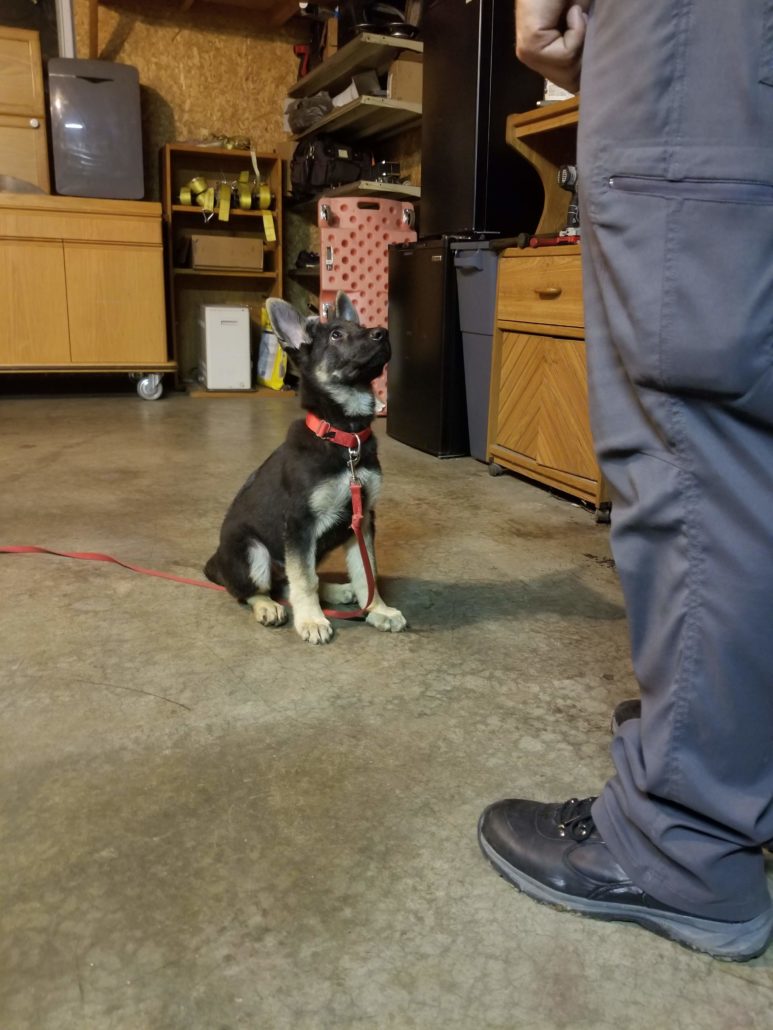The Stages of Dog Training
Often times, when people contact us about dog training they focus on one problem. They say something like, ” I just want my dog to not jump.” Or ” I just want them to come when called.” They see their training needs as just one little thing. Some tasks can be simple to accomplish, but a lot of the time people are missing the bigger picture when it comes to dog training. Even something that may seem simple, like having your dog come when called, is actually not just one thing, but the end of a process. Training and achieving the outcomes you want are about building a working relationship with your dog. To do this you need to work through the stages of dog training for each command you are trying to teach.
Learning
Our goal in the first phase of training is to make your dog a problem solver. We want them to understand that they can earn rewards for certain behaviors. If they can figure out what we want them to do, they get a reward. The key here is that it must be a reward that THEY value. At this stage, we aren’t correcting your dog for not doing the behavior we want. You can’t correct a dog for not doing a behavior when they are still trying to figure out what behavior we want. In this stage, we’re trying to build a love of learning. We are trying to encourage your dog to try and earn the rewards. This is our foundation from which we build.
Distraction
Once a dog knows a command, such as sit, in one environment or situation we move on to teaching them that we want them to do it in all situations. This is called generalizing. As distractions increase so do the rewards. Most likely, you will now run into a situation where the distraction is more appealing to the dog than the reward. Imagine you are walking your dog down the street. The leash is nice and loose when all of the sudden he sees another dog in a yard. He starts pulling towards it. You try to regain his attention with a reward, but nothing is working. This is when corrections are introduced. There are a variety of ways to correct a dog, that I won’t go into here. I’ll just make two points. First, the goal of a correction is to make the dog understand that it needs to listen and follow commands in all situations. Second, corrections should always be matched to a dog’s temperament. By using a combination of reward and correction we ensure that your dog will always listen to you, not just when it feels like it.
Maintenance
This is the final stage of training and maybe the hardest for a lot of owners. Once you’ve got a command under control or an unwanted behavior eliminated it can be easy to slack off on training. If you don’t keep up with the training than old behaviors can slip back. Your dog may lose the consistency with which he listens. And consistency is key to having a happy relationship with your dog. If you have built a good foundation, than you shouldn’t have to train with your dog as much to maintain a behavior as you did to first teach it.
So remember, training is a process. It takes time and patience. Try to enjoy it and you and your dog will be happier for it.

For a more detailed look at the stages of training check out this site. We may not totally agree on everything , but this is a detailed break down on the stages of training. It has a positive outlook on the difficulties of training and can remind you to stay calm and keep working when training is proving harder than you thought. https://www.training-your-dog-and-you.com/Dog-Training-Phases.html




Leave a Reply
Want to join the discussion?Feel free to contribute!